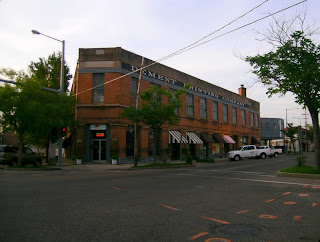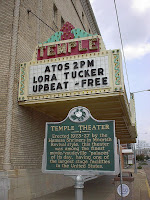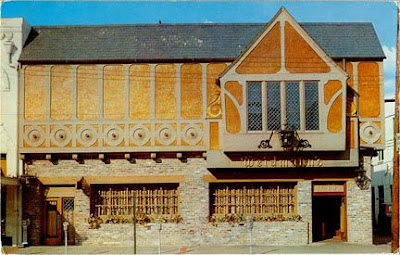 Dement Printing Company in business for 134 years in MERIDIAN
Dement Printing Company in business for 134 years in MERIDIAN It is not a misprint when you see that the founding date of Dement Printing Company is 1875. Five generations of members of the Dement family have been involved in the business that has provided for printing and book publishing needs in East Mississippi for 134 years.
The family actually started in the printing business even before 1875. James Prentiss Dement first learned the trade as an indentured apprentice with W.B. Wallace of Florence, Ala., in 1831. His son, John Joseph Dement decided to follow in his father's trade, and started his own printing business on the second floor of the Lockhard Building on Front Street in 1875.
John Joseph Dement sold the business to his son, John Vance. Later the business was moved to the 2300 block on 4th Street, and John Vance Dement took on his brother, Frank, as a partner. The business began to grow adding one printer and one helper to assist in printing letterheads, envelopes, statements, circulars, order blanks and other odd jobs.
In 1900, the Dements moved down the street to 2315 4th Street, where they stayed for seven years, adding equipment, personnel and a line of office supplies and equipment. In 1909, the Dements built their own shop. The Dement Building is still occupied by the business nearly a hundred years later. Over the years the Dements added on to the building several times, adding a new composing room, press room, offset printing department, bindery, new space for offices and additional space for rentals.
At one point the business that was one of the largest printers in the state covered the entire block except for a portion at the east comer, which was operated as a service station. The staff eventually grew to 70.
"No printing job was too large or too small," said John Dement, current president of the company. "Over the years it has included book binding, ruling, lithographing, photostating, blue prints and rubber stamps as well as trade work for firms in Alabama, Louisiana and Arkansas."
During World War II the company did a lot of work for the military including filling an order for $26,000 worth of carbon paper for Brookley Field in Mobile and another order to print copies of all the blueprints used in the construction of the Air Base at Key Field.
Frank Dement moved to Texas in 1913, selling his share of the business to his brother. John Vance Dement passed away in 1949. All of his seven children, including three sons and four daughters, worked in the business at one time or another.
In 1974 son and present owner John Ernest Dement bought out other family members. Currently his wife, Judy, daughter, Corey, and son, Scott, are involved in the business. Corey and Scott are the fifth generation to be involved in the family business.
The advent of desktop publishing had a major impact on printing businesses such as Dement.
"Computers and copy machines have greatly reduced the amount of printing being done at outside printers," said Dement. "We aren't nearly as big as we were at one time. We're down to about 22 employees. When linotype was used to set type, few could do printing. You had to be in the business for six years before you could even master the trade. But once we went to computers, that opened the door for just about anyone to do printing. You can get a computer and small printer, and you're in business."
One thing the company did to adapt to the changing business was starting a Generations Department that specializes in weddings and babies, making the most special of events treasures on paper. Judy and Corey oversee that side of the business, which Dement says has really taken off. The company also continues to sell a lot of office supplies.
Because not as much space is needed for the printing services, the Dements rent out portions of their building now to a barbershop, travel agency, real estate agency and a bonding company.
If the longevity of employees is a measure, Dement Printing Company must be a great place to work. Many Dement Printing Company employees have stayed for decades. Kleo Blue began as an apprentice bookbinder in 1909, eventually becoming plant superintendent. He had 44 years of service at his death in 1952. Albert Roberts worked as a stock clerk for more than 40 years before passing away. Other employees with more than 30 years experience include the late Clarence Keeton, who was sales manager, and Jube Hancock, city salesman. The late Evelyn Murphy worked for the company for more than 50 years.

















